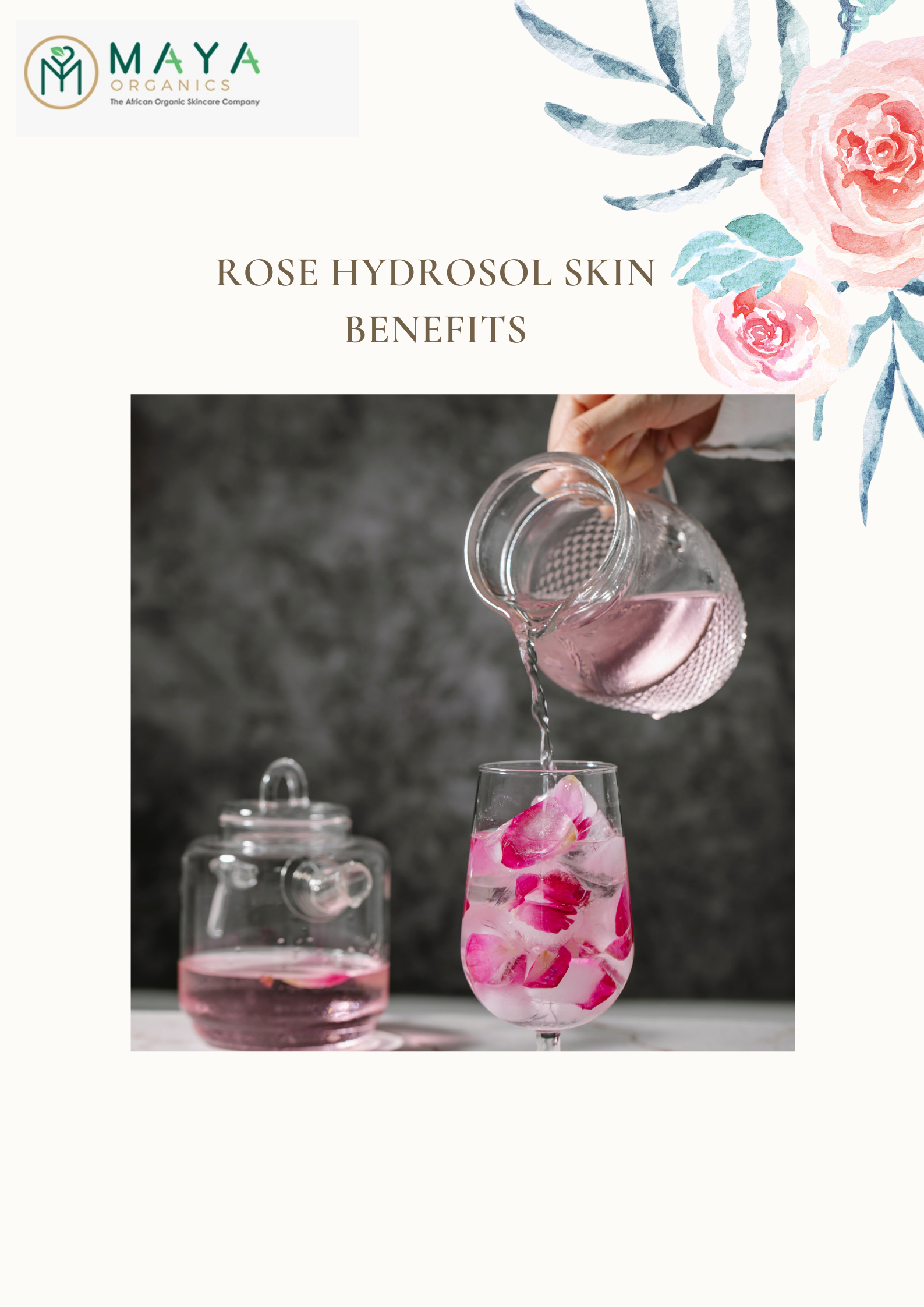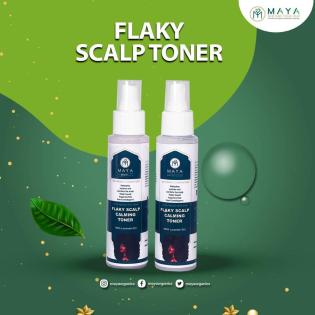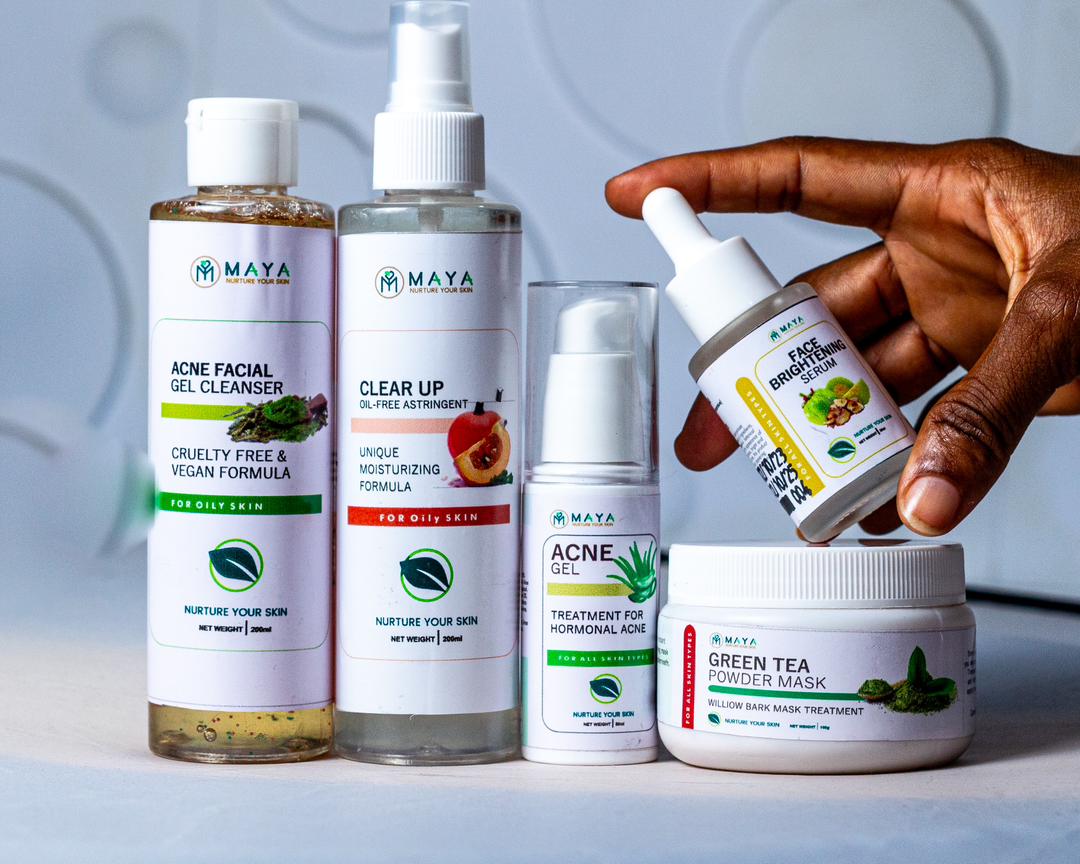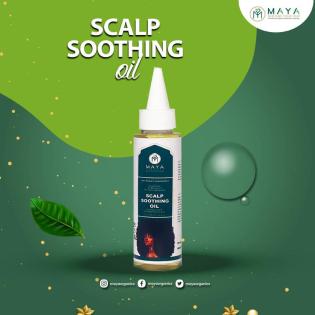ROSE HYDROSOL SKIN BENEFITS

We all know a rose is the flower of love: soft, fragrant, and eternally romantic. But this elegant bloom is more than just a declaration of love; it’s also an amazing skincare ingredient known for hydrating, skin-soothing benefits.
We’ll dig into why this iconic flower is one of the most sought-after treatments for skin, and how this lovely tonic differs from rose hydrosol – plus how to fit this rosy companion into your beauty routine.
WHAT IS A HYDROSOL
Customers have asked us, “What is a Hydrosol?” on multiple occasions. Hydrosols are becoming more popular as interest in plant-based and nature-based personal care grows.
Hydrosols are frequently mentioned in conjunction with essential oils, which makes sense given that essential oils cannot be produced without a hydrosol.
The word HYDROSOL is made up of two words: “hydro” which means water, and “sol” which means solution.
That appears to be straightforward. However, due of the different ways comparable goods are labeled, purchasing a legitimate hydrosol may be highly complicated.
Fresh flowers, leaves, fruits, and other plant materials are distilled into hydrosols, which are water-based products. They’re a byproduct of the essential oil manufacturing process with many of the same qualities.
Hydrosols go by a variety of names, including hydrolats, hydrolates, distillates, flower waters, and floral waters. However, calling all hydrosols “floral” water is inaccurate because hydrosols can be distilled from the plant’s leaves, bark, stems, roots, and other sections.
Other products with names like distilled waters, botanical waters, flower spritzers, plant waters, aromatic waters, and others add to the confusion.
Many of these names are interchangeably used with the term “hydrosol” in the “natural” products sector. Although some of these goods are actual hydrosols, others are not, and others are even manufactured.
Hydrosols, on the other hand, are largely water. This implies they’re not nearly as potent as essential oils. They have a softer, more delicate fragrance as well.
Hydrosols are frequently used in cosmetics and aromatherapy. While they’ve been utilized for therapeutic purposes as well, further study is needed to confirm their efficacy.
TRUE HYDROSOL, WHAT ARE THEY?
“What is a Hydrosol?” on multiple occasions. Hydrosols are becoming more popular as interest in plant-based and nature-based personal care grows.
Hydrosols are frequently mentioned in conjunction with essential oils, which makes sense given that essential oils cannot be produced without a hydrosol.
The word HYDROSOL is made up of two words: “hydro” which means water, and “sol” which means solution.
Plant material is cut fresh and put in a distillation tank or still
Steam rushes up through the plant as the water in the tank boils, softening specific scent glands that emit essential oils.
These glands, also known as glandular trichomes, are small, specialized hair-like growths present in practically every plant.
The trichomes rupture as a result of the increasing steam, releasing the essential oil trapped inside them as a vapor. The vapor of the essential oil combines with the steam and rises into the condensing chamber’s coils, which are surrounded by cold water. The steam and vapor are cooled in the condensing tank before being poured into the separator tank as a combination of water and essential oil.
Most of the essential oil separates off and floats to the surface, where it is eliminated, due to the difference in specific gravity between the essential oil and water.
The hydrosol is the water that remains at the bottom of the separator and includes minute quantities of essential oils (about 0.2 percent) that give hydrosols their distinctive aroma.
Fresh, nutrient-rich plant material is distilled into “tonic” water, which includes the water-soluble medicinal compounds of the plant.
WHAT IS THE DIFFERENCE BETWEEN ROSE HYDROSOL AND ROSEWATER
Rosewater is fragrant water created from rose petals’ oils, whilst rose water hydrosol is the aromatic water left after steam distilling roses. It’s a lengthier procedure, but it’s a necessary step in the production of rose oil.
Rosewater is water that has been infused with rose essential oil. Rose hydrosol, on the other hand, is the scented water that remains after steam distilling roses. Rose hydrosol is really a byproduct of the production of rose essential oil.
Additionally, rose water has cosmetic, gastronomic, medical, and religious applications, whereas rose hydrosol is mostly used for cosmetic purposes.
In addition, rose water is less costly than rose hydrosol. Rosewater has been around for thousands of years, and it was even employed in the Middle Ages. It’s considered to have started in modern-day Iran. It has a long history of usage in both cosmetic and food and beverage goods. It also has a slew of possible health advantages.
MANY SKIN BENEFITS OF ROSE HYDROSOL
It’s no surprise that rose hydrosol has become so popular in skincare because of its excellent moisturizing and soothing properties, as well as anti-inflammatory and antibacterial properties.
This delightful, scented tonic has a plethora of advantages. We’ll go through the top skin advantages and which skin types will benefit the most from this sensitive substance.
AIDS IN THE RELIEF OF SKIN IRRITATION
Rosewater has powerful anti-inflammatory effects, which is one of its main advantages. It’s effective both indoors and out!
- Rose hydrosol helps maintain the skin’s pH balance and also controls excess oil.
- “Rose hydrosol has anti-inflammatory properties that can help reduce the redness of irritated skin, get rid of acne, dermatitis, and eczema. It is a great cleanser and aids in removing oil and dirt accumulated in clogged pores”, says Dr. Deepali Bhardwaj, Skincare Expert.
- Rose hydrosol helps hydrate, revitalize and moisturize the skin giving it that refreshed look.
- Due to its antibacterial properties, rose hydrosol also aids in healing scars, cuts, and wounds.
- The antioxidant properties of rose hydrosol help to strengthen skin cells and regenerate skin tissues.
- Due to the astringent-like properties it possesses, rose hydrosol helps clean pores and tone the skin. Applying rose water after steaming tightens capillaries, reduces redness and blotchiness.
- The aroma of roses is said to be a powerful mood enhancer. It rids you of feelings of anxiety and promotes emotional well-being, thereby making you feel more relaxed.
- The nourishing and moisturizing properties of rose water enhance the quality of hair. It is known to treat mild scalp inflammations and get rid of dandruff. Rose hydrosol works wonders as a natural conditioner and revitalizes hair growth.
- The scent of rose hydrosol on your pillow also helps you sleep better after a long day, making you wake up refreshed.
- It also helps aging skin, keeping fine lines and wrinkles at bay.
https://www.healthline.com/health/rose-water-benefits
https://www.privatelabelskincareflorida.com/blog/2019/6/24/rose-hydrosol-or-rose-water






No Comments